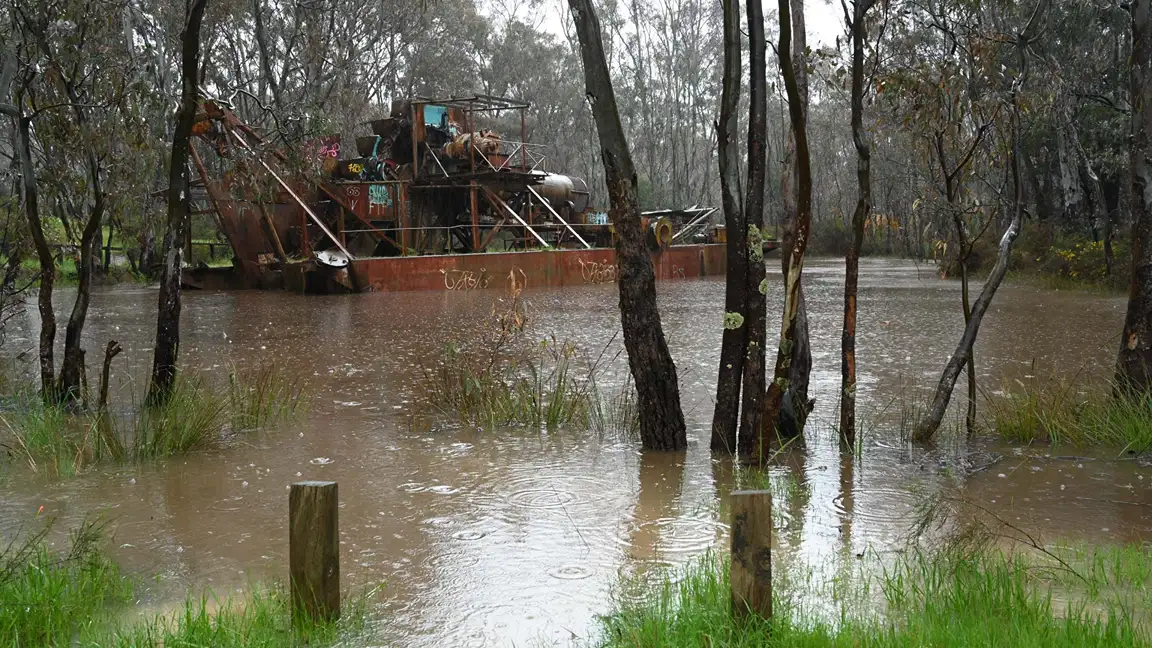1. The Need for Dredging at Hythe Quay and Visitor Pontoon
Maldon, a historic town located along the River Blackwater in Essex, is known for its rich maritime heritage, scenic views, and the iconic Thames Sailing Barges. These vessels, deeply intertwined with the town’s identity, are a major draw for visitors. However, to maintain safe access to key areas like Hythe Quay and the Visitor Pontoon, regular maintenance is essential. Maldon District Council has taken a significant step by partnering with key stakeholders to initiate a dredging project designed to preserve and enhance these vital waterfront areas.
Hythe Quay and the Visitor Pontoon serve as vital points for maritime activity in Maldon, with the Thames Sailing Barges regularly moored at the Quay. Over time, sediment accumulation in these areas has made it difficult for vessels, particularly these historic barges, to navigate safely. The dredging project, initiated by Maldon District Council, aims to deepen these areas, ensuring vessels can maneuver safely and continue to use these spaces.
By removing accumulated sediment and debris, the dredging project will not only support the safe operation of the barges but will also improve access for other visiting vessels. This project is crucial for maintaining the town’s maritime activity and ensuring that Maldon remains a destination for maritime tourism.
2. The Role of Maldon District Council
Maldon District Council played a key role in launching this dredging initiative. The project was approved during the Full Council meeting on February 13th, 2025, highlighting the Council’s dedication to preserving the town’s waterfront areas. The dredging is aimed at enhancing the access and safety of Hythe Quay and the Visitor Pontoon, making them more accessible for both local vessels and tourists.
By spearheading the project, Maldon District Council ensures the maintenance of these areas, ensuring that Maldon’s waterfront remains vital to both the local community and the tourism industry.
3. Key Stakeholders Involved in the Project
The success of this dredging project relies on the collaboration between several key stakeholders. The Maldon Harbor Improvement Commissioners (MHIC), responsible for overseeing the upkeep of the River Blackwater, will be directly involved in the management and execution of the dredging.
Maldon District Council, as the project leader, plays a central role in coordinating these efforts. The National Trust, known for its commitment to preserving the UK’s natural and historic sites, will ensure the work complies with environmental and heritage preservation guidelines. This partnership between the Council, MHIC, the National Trust, and other local stakeholders ensures that the project is carried out efficiently and responsibly, balancing both modern needs and historic preservation.
4. Impact on the Local Community and Tourism
The dredging project is expected to have a significant impact on both the local community and the tourism industry. The iconic Thames Sailing Barges are a significant part of Maldon’s maritime heritage and play a vital role in drawing visitors to the town. With the dredging improvements, these vessels will have continued access to the Quay, allowing them to remain a central part of Maldon’s cultural and tourism offerings.
Additionally, the Visitor Pontoon will become more accessible, encouraging visiting vessels to dock in Maldon. This influx of visitors will help support local businesses such as restaurants, shops, and accommodations, boosting the local economy. Maldon District Council’s efforts in the dredging project will create a more vibrant and active waterfront area, benefiting the town’s tourism and commerce in the long term.
5. Environmental and Historical Considerations
While dredging is essential for maintaining the functionality of the Quay and Pontoon, it is also important to carry out the work in an environmentally responsible way. The National Trust’s involvement ensures that all necessary precautions are taken to preserve the local ecosystem and the historical integrity of the area.
The dredging will be conducted with minimal environmental disruption, protecting both the wildlife and the water quality of the River Blackwater. Additionally, the project will be sensitive to the historical aspects of the area, maintaining the rich maritime heritage that makes Maldon a unique destination. Maldon District Council’s collaboration with these stakeholders ensures that the project balances modern needs with environmental and historical preservation.
6. Timeline and Future Developments
The dredging project is expected to begin in the coming months, with work planned to take place in phases. Although the project will take time to complete, the long-term benefits for Maldon’s maritime infrastructure will be substantial. Once completed, Hythe Quay and the Visitor Pontoon will be more accessible, safer, and able to accommodate a wider range of vessels.
Looking ahead, there may be opportunities for further improvements to the waterfront areas, ensuring that Maldon remains a leading destination for maritime tourism. The success of this project will likely set the stage for future enhancements to the town’s infrastructure, benefiting both the local community and visitors.
Conclusion
The dredging project at Hythe Quay and the Visitor Pontoon is a crucial step for maintaining the historic waterfront areas of Maldon. Led by the Maldon District Council in partnership with the Maldon Harbor Improvement Commissioners, the National Trust, and other stakeholders, the project ensures that the town’s maritime heritage is preserved while improving access for both local and visiting vessels. This collaboration will support tourism, local businesses, and the community, ensuring that Maldon continues to thrive as a hub for maritime activity for years to come.
